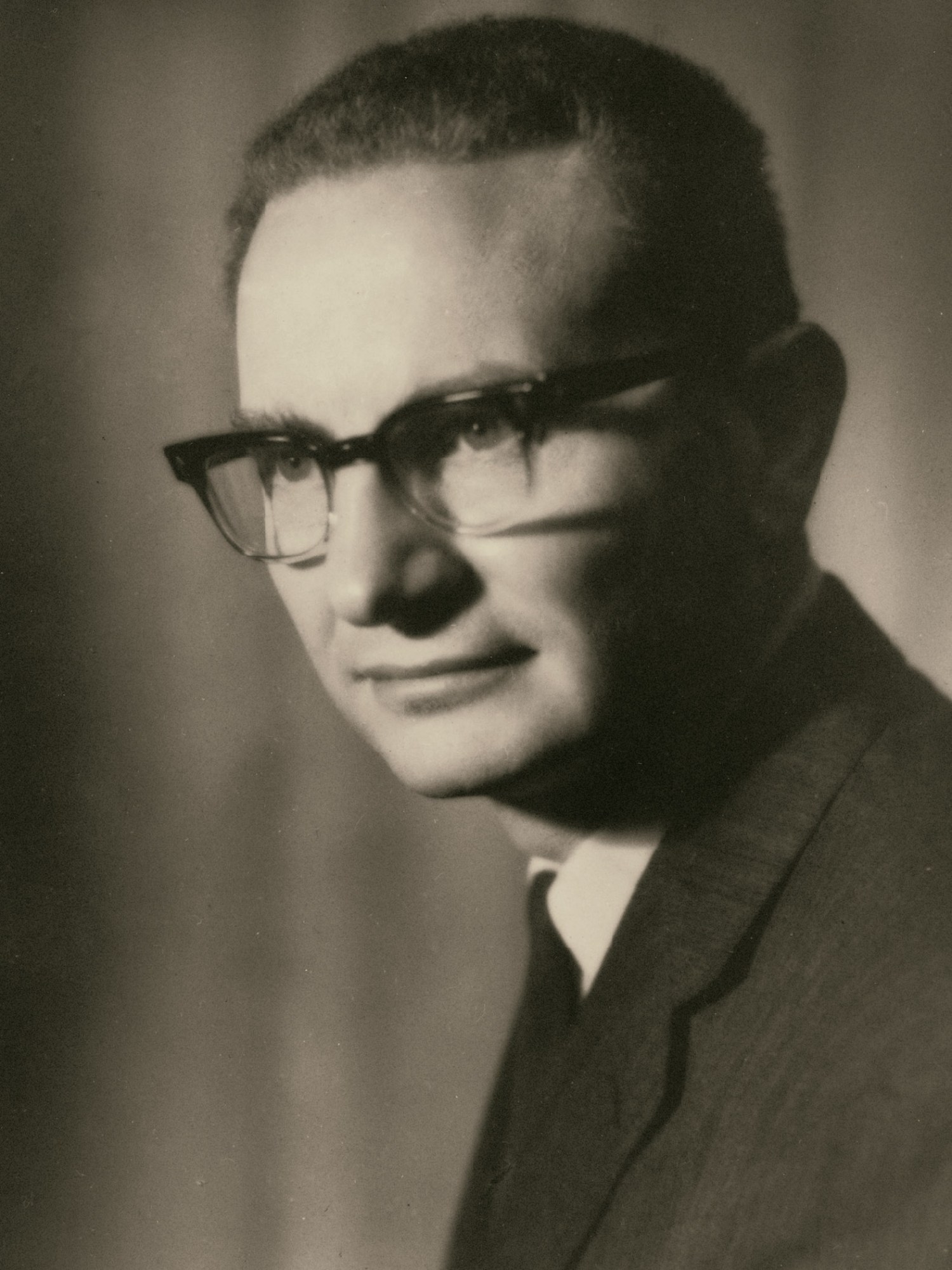Why didn’t Harvard fight for Samuelson? Possibly because he was Jewish. In 1940, Harvard was more than a decade into its program of intentionally suppressing the number of Jewish students and faculty on its campus.
“You could be disqualified for a job if you were either smart or Jewish or Keynesian,” Institute Professor emeritus Robert M. Solow once said of Harvard’s economics department. “So what chance did this smart, Jewish Keynesian have?” (Solow, who is also Jewish, joined the MIT economics department in 1949 and was awarded his own Nobel in 1987.)

MIT MUSEUM
MIT’s economics department and the Institute in general “were remarkably open to the hiring of Jewish faculty at a time when such hiring was just beginning to be possible at Ivy League universities,” wrote Duke University economics professor E. Roy Weintraub in a 2013 paper.
That spirit of openness can be traced to MIT’s founder, William Barton Rogers, who was deeply troubled by the religious intolerance he saw as a faculty member at the University of Virginia after a Jew and a Catholic joined the faculty in 1841, MIT historian Philip N. Alexander noted in his book A Widening Sphere. Still, the Institute didn’t have its first recorded Jewish student until Gerard Swope, Class of 1895, enrolled during the tenure of MIT’s third president, Francis Amasa Walker. Though Walker himself held negative views of Jews, Blacks, and non-Nordic Europeans in general, Alexander explained, he “was less concerned about individuals or local academic policy than about the grander scheme of things—population shifts, birth rates, immigration patterns—that he had observed and analyzed.”
Few Jewish students attended MIT in the first two decades of the 20th century, likely because Jews were more attracted to finance and medicine than science and engineering, according to “Professional Tendencies Among Jewish Students in Colleges, Universities, and Professional Schools,” a 1920 study (which did not include MIT). The study found that while 31% (20,850) of non-Jewish students were pursuing engineering degrees in the 1918-’19 school year, only 16% (1,325) of Jews were. The study, conducted by the Bureau of Jewish Social Research, found that Tufts College had the highest percentage of Jews (18.9%) in the Boston area, followed by Harvard (10%) and Boston University (9.9%).
It was at these other schools, especially Harvard, that the Jewish community flourished and rose to national prominence—at least at first.
On October 25, 1906, 16 Jews at Harvard gathered to create the Harvard Menorah Society—an organization “devoted to the study of Jewish history, literature, religion, philosophy, jurisprudence, art, manners, in a word, Jewish culture, and to the academic discussion of Jewish problems,” according to the 1914 book The Menorah Movement.
MIT’s own Menorah Society started in 1914 with about 10 members, according to an article in The Tech. A meeting in October 1917, led by president Hyman P. Selya ’19, drew over 50 men. That fall, chapters at Harvard, MIT, Tufts, Boston University, Emerson College, Radcliffe, and Simmons formed the Intervarsity Menorah Council, creating the first Jewish intercollegiate movement. It sponsored lectures and concerts; the proceeds from two events held in 1920 went to Eastern Europe, where a wave of pogroms would ultimately kill more than 100,000 impoverished Jews.
